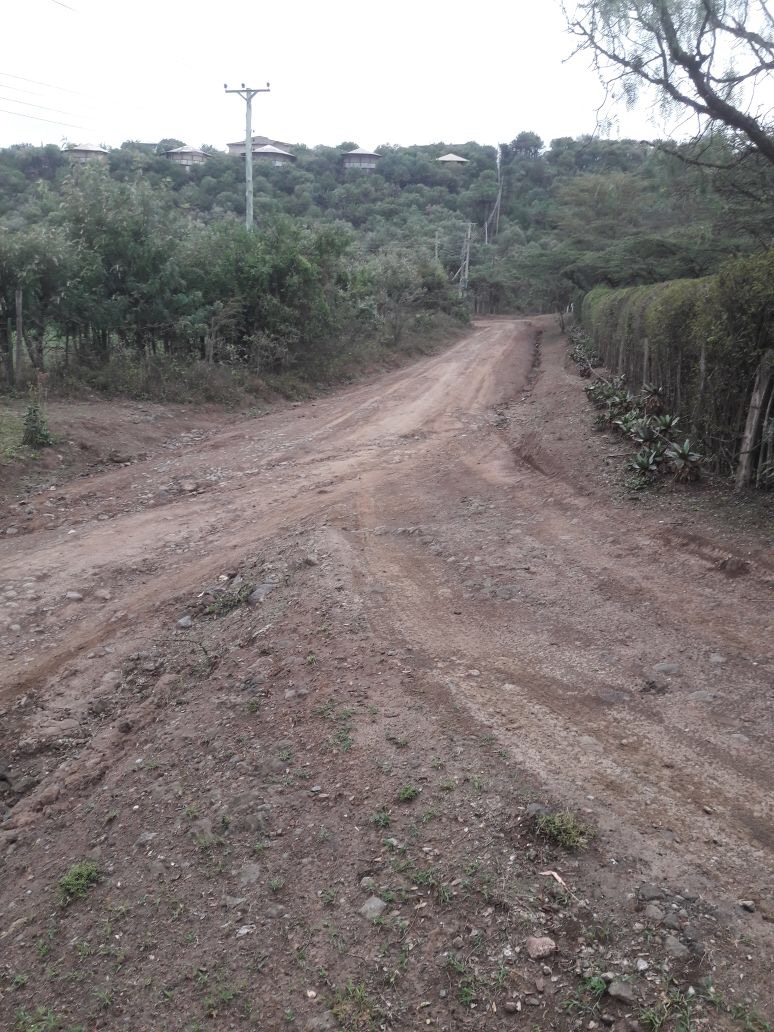
Uploaded on 2018-03-19 by Benedict Shaw
The image shared is from my home in Kenya, which is rural and therefore has no Urban Heat Island. The top 5 cities with the most intense summer urban heat islands over the past 10 years are: Las Vegas (7.3°F) Albuquerque (5.9°F Denver (4.9°F) Portland (4.8°F) Louisville (4.8°F) Living in a rural area in Kenya means that there is no heat island effect. Therefore for this question I will look at the effect in London, the city closest to where I am currently in school. During the summer of 2011, in London the temperatures in the inner city were up to 4 C warmer than the temperatures in the surrounding areas. The reasons for this are: Narrow streets trap radiation as it is continually refelcted Lack of airglow in the city+ lots of heat energy given off I would increase the use of public transport and decrease the amount of wind in the street canyons, to allow for more heat loss via convection. Green-space policies are being introduced where vegetation is being planted on the roofs and walls of buildings to increase heat absorbtion while decreasing reflection. Public transport also limits car usage, reducing heat emission from vehicles